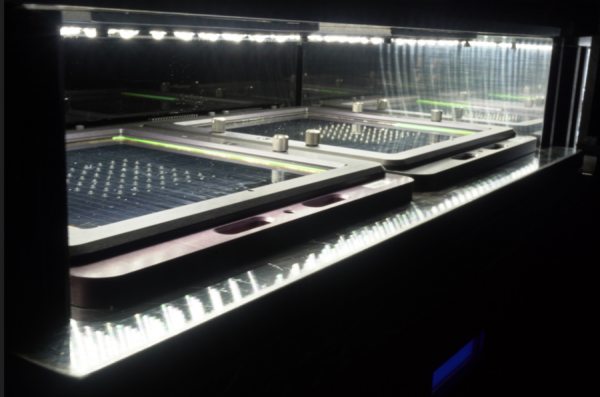Tandem solar cells are made of stacked materials — such as silicon paired with perovskites — that together absorb more of the solar spectrum than single materials, resulting in a dramatic increase in efficiency. Their potential to generate significantly more power than conventional cells could make a meaningful difference in the race to combat climate change and the transition to a clean-energy future.
However, current methods to create stable and efficient perovskite layers require time-consuming, painstaking rounds of design iteration and testing, inhibiting their development for commercial use. Today, the U.S. Department of Energy Solar Energy Technologies Office (SETO) announced that MIT has been selected to receive an $11.25 million cost-shared award to establish a new research center to address this challenge by using a co-optimization framework guided by machine learning and automation.
A collaborative effort with lead industry participant CubicPV, solar startup Verde Technologies, and academic partners Princeton University and the University of California San Diego (UC San Diego), the center will bring together teams of researchers to support the creation of perovskite-silicon tandem solar modules that are co-designed for both stability and performance, with goals to significantly accelerate R&D and the transfer of these achievements into commercial environments.
Read more at Massachusetts Institute of Technology
Image: Two 150mm perovskite mini-modules are tested in an accelerated degradation system at CubicPV under 1 sun illumination on a temperature-controlled stage at 75 degrees Celsius. Credits: Image courtesy of CubicPV.


